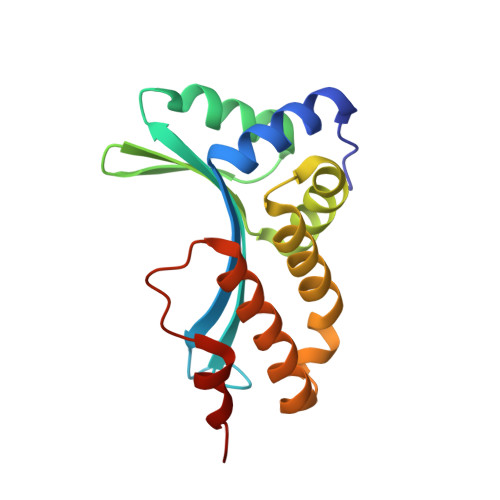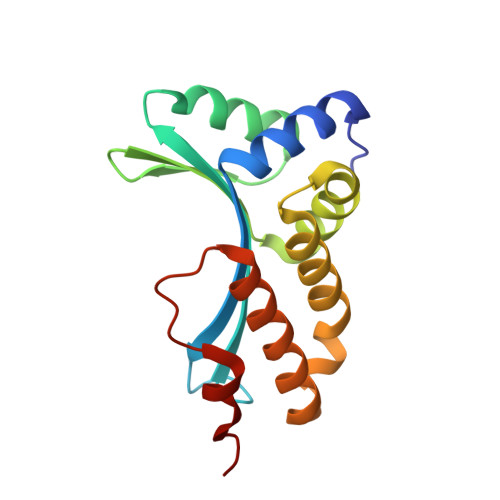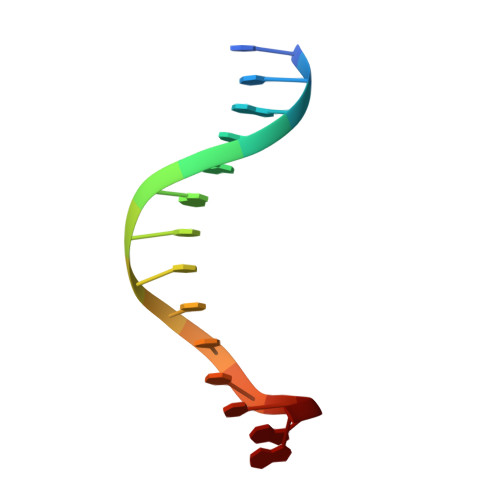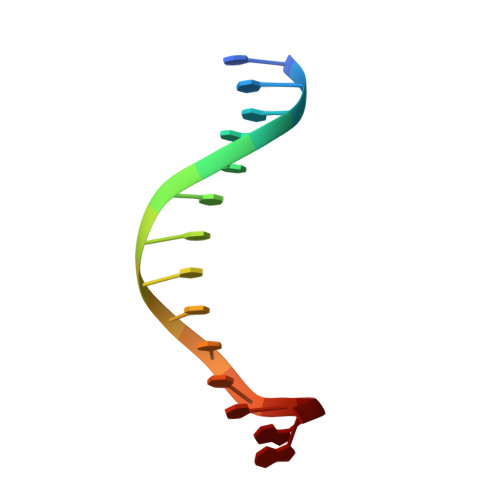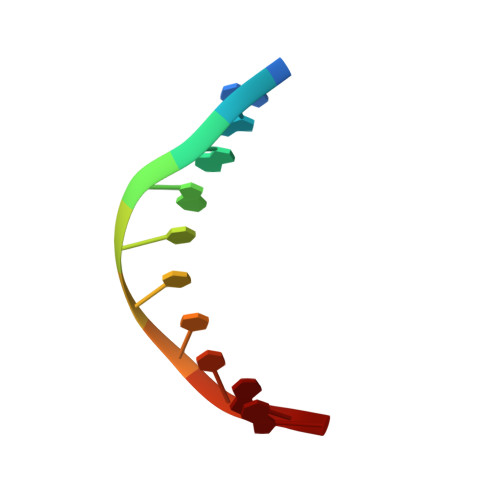Molecular Basis of Xeroderma Pigmentosum Group C DNA Recognition by Engineered Meganucleases
Redondo, P., Prieto, J., Munoz, I.G., Alibes, A., Stricher, F., Serrano, L., Cabaniols, J.P., Daboussi, F., Arnould, S., Perez, C., Duchateau, P., Paques, F., Blanco, F.J., Montoya, G.(2008) Nature 456: 107
- PubMed: 18987743
- DOI: https://doi.org/10.1038/nature07343
- Primary Citation of Related Structures:
2VBJ, 2VBL, 2VBN, 2VBO - PubMed Abstract:
Xeroderma pigmentosum is a monogenic disease characterized by hypersensitivity to ultraviolet light. The cells of xeroderma pigmentosum patients are defective in nucleotide excision repair, limiting their capacity to eliminate ultraviolet-induced DNA damage, and resulting in a strong predisposition to develop skin cancers. The use of rare cutting DNA endonucleases-such as homing endonucleases, also known as meganucleases-constitutes one possible strategy for repairing DNA lesions. Homing endonucleases have emerged as highly specific molecular scalpels that recognize and cleave DNA sites, promoting efficient homologous gene targeting through double-strand-break-induced homologous recombination. Here we describe two engineered heterodimeric derivatives of the homing endonuclease I-CreI, produced by a semi-rational approach. These two molecules-Amel3-Amel4 and Ini3-Ini4-cleave DNA from the human XPC gene (xeroderma pigmentosum group C), in vitro and in vivo. Crystal structures of the I-CreI variants complexed with intact and cleaved XPC target DNA suggest that the mechanism of DNA recognition and cleavage by the engineered homing endonucleases is similar to that of the wild-type I-CreI. Furthermore, these derivatives induced high levels of specific gene targeting in mammalian cells while displaying no obvious genotoxicity. Thus, homing endonucleases can be designed to recognize and cleave the DNA sequences of specific genes, opening up new possibilities for genome engineering and gene therapy in xeroderma pigmentosum patients whose illness can be treated ex vivo.
Organizational Affiliation:
Macromolecular Crystallography Group, Spanish National Cancer Research Centre (CNIO), c/Melchor Fdez. Almagro 3, 28029 Madrid, Spain.








